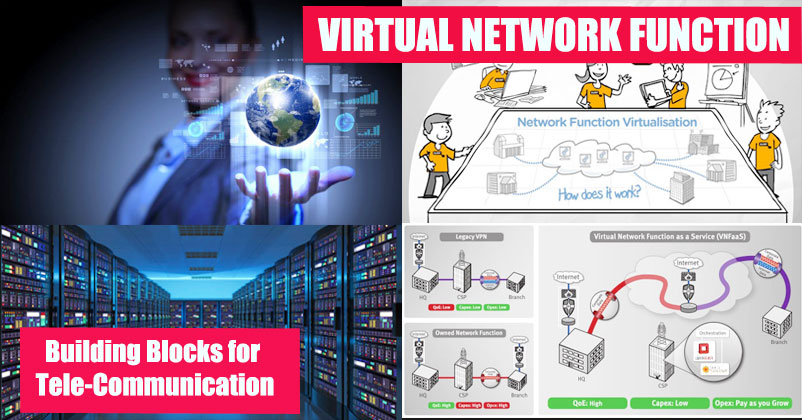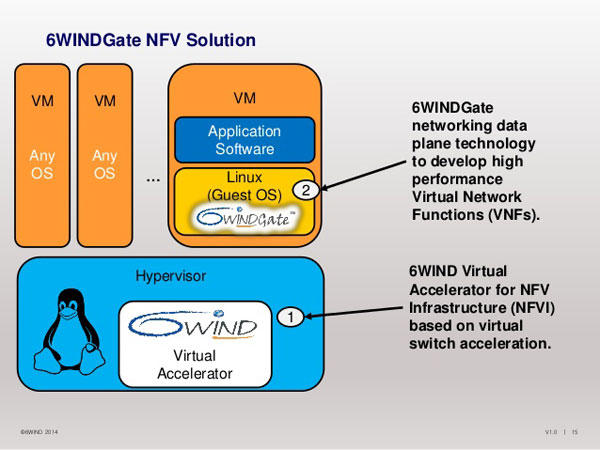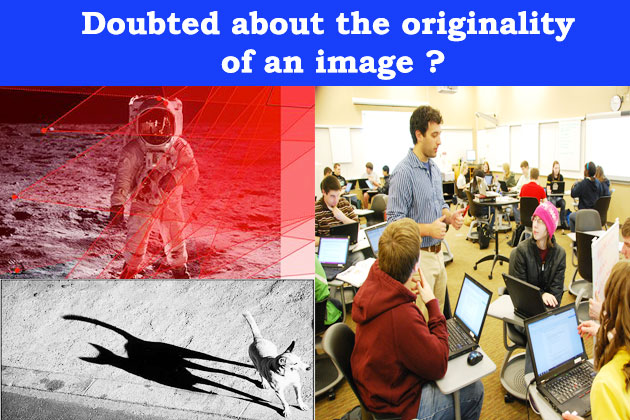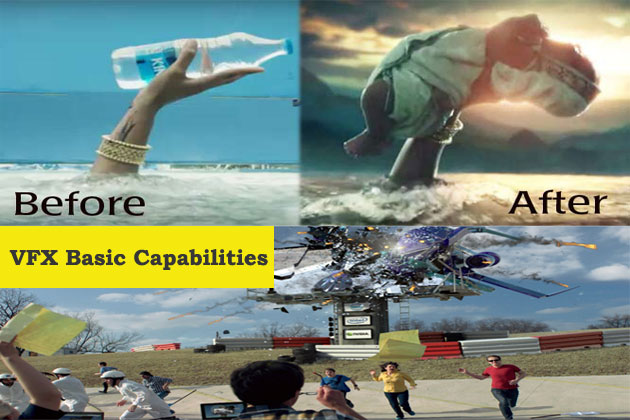Virtual Network Function
September 62017
75
"Days of the traditional communication technology is long gone, NFV is trending."
In the Tele-Communication industry, there has always been a trend of developing products that are having rigorously stable standards, along with protocol adherence and better quality, that can be easily reflected with the use of carrier grade term to demonstrate the product’s reliability. But with the arising of competition in the modern communication services from multiple organizations like google, Skype and Netflix , the traditional service providers are forced to adapt something new in their communication service sectors.

Virtual Network Function or Network Function Virtualization (NFV) is a modern timed network architecture concept that virtualize the complete network node functions classes into blocks that will be connected together for creating a chain for better and joined communication service.
Related Post : Google Car Waymo
A virtual network function may be consisted of more than a single virtual machine, that are running various software programs and processes inside the highly configured set of servers, that may be with the help of cloud computing technology instead of having all operating on individual physical hardware’s separately.
A virtual network function may be consisted of more than a single virtual machine, that are running various software programs and processes inside the highly configured set of servers, that may be with the help of cloud computing technology instead of having all operating on individual physical hardware’s separately.
Related Post : Newly ARM Based Processor

As virtual network function is a network framework, it also consists of several components.
The three major components included in NFV are as follows –
1) Virtualized Network Functions (VNFs) – These are the software based implementations of functions of network that can be well deployed and implemented on a NFV infrastructure.
2) Network Function Virtualization Infrastructure – this is the overall combination of the hardware and software components that are required to build the environment for VNFs deployment.
3) NFV-MANO Architectural Framework Network (Function Virtualization Management and Orchestration Architectural Framework) – This is the collection of all the functional blocks along with all the data repositories that are needed by these blocks for managing and orchestrating the NFVI and the VNFs.

This technological framework has already proven to be a very popular standard among the companies, even being in it’s infancy stage. It already have a numerous immediate applications such as the PaaS (Platform as a Service), mobile base stations, CDN (Content Delivery Networks), home environments and fixed access. The estimated potential of NFV is to be more significant in overall usage. The deployment of NFV for general purpose on the standardised hardware set is expected to reduce the investment of capital for setting-up and management or services that would be provided through this.
Related Post : Know About Google Glass

Since this technology is still in theoretical phase, several practical tests are being performed by the company’s to make this applicable with their tele-communication services and implement them in their future planned products for betterments. The recent testing performance studies on NFV is primarily focussed on the network throughput with the latency and jitter of using these Virtualized Network Functions, as well as the stability and scalability of accompanying multiple VNFs in a single physical server system.
Written By Subrata Debnath
Keep urself Up to date with my latest technical updates.
View all posts by: Subrata DebnathShare Your Views In Comments Below
Categories
- Gadgets
- Operating System
- Sharing Network
- Processor
- Developments
- Memory
- Designs
- Softwares
- Graphics
- Robotics
- Hardwares
- Games





